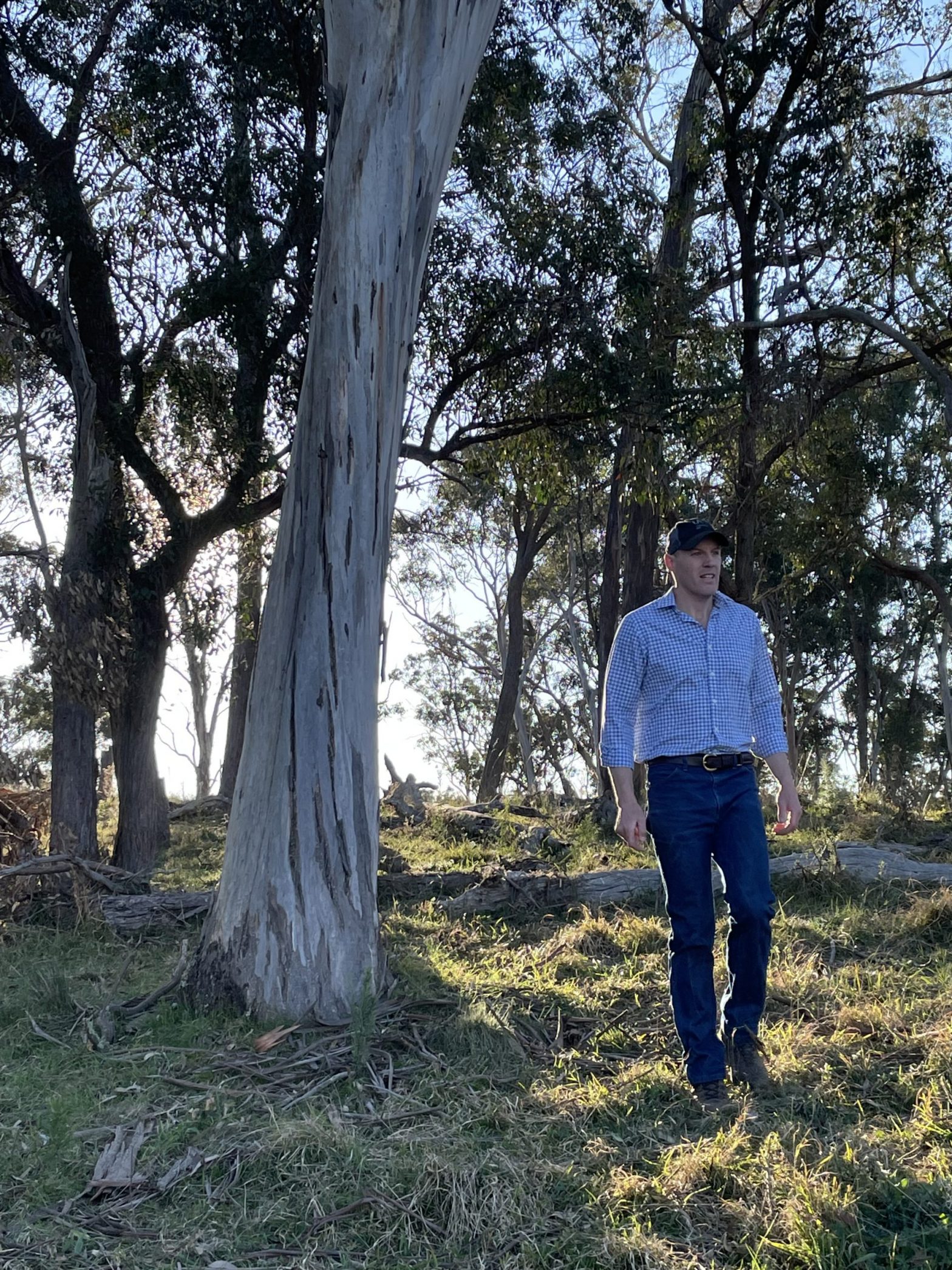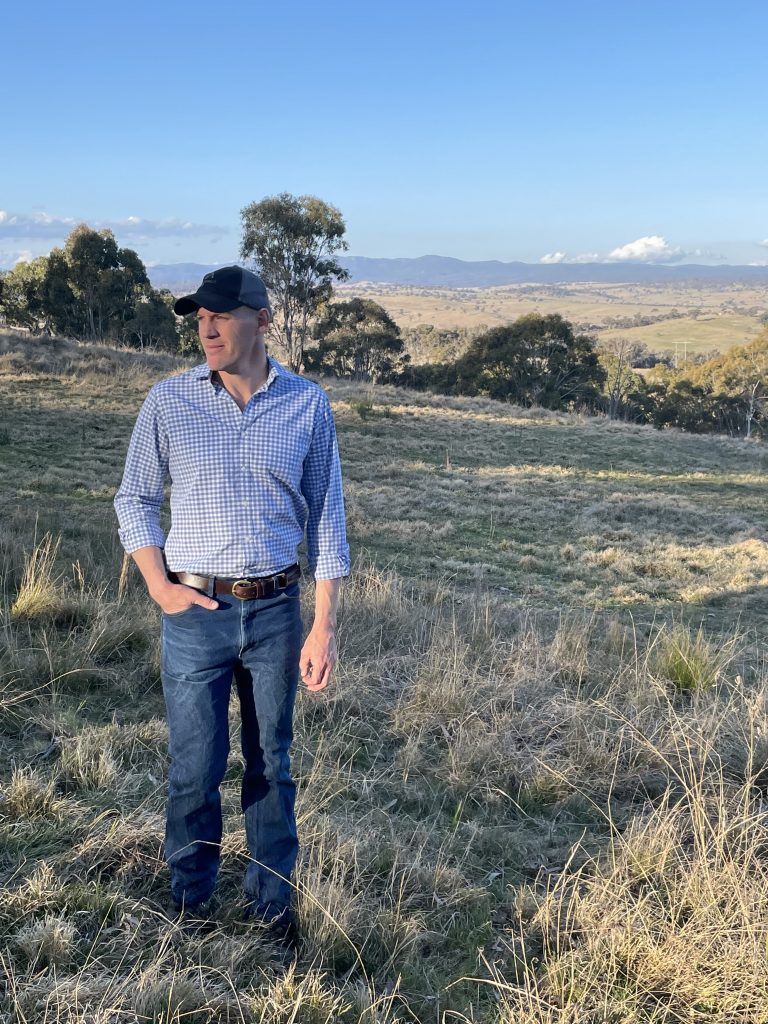THE AUSTRALIAN CARBON MARKET – KEY DRIVERS AND OPPORTUNITIES

Keen to boost your knowledge on carbon farming and the Australian carbon market? What are carbon credits and how do they work? We delve into the world carbon farming with Toby Grogan of Impact Ag Partners to glean insights into how it all works and how farmers can take advantage.
There is a thirst for knowledge when it comes to understanding the carbon market. What are carbon credits and how do they work? How do Australian farmers participate in these opportunities? What are the drivers behind this market and where does agriculture play?
Enter Toby Grogan, Natural Capital manager at Impact Ag Partners, an Australian asset management firm with more than $200 million currently under management.

Toby has 20 years’ experience in due diligence, mergers and acquisitions, asset management and natural capital assessments across a range of industries including resources, agriculture, infrastructure and government sectors. More recently Toby has been focused on developing Nature-Based Solution investments and leading the measurement and monetisation of natural capital across Impact Ag Partners’ managed assets, as well as independently managed portfolios.
Impact Ag Partners, based in Armidale, New South Wales, deploy capital on behalf of investors directly into the agricultural sector. They manage farms across Australia, developing ways to increase returns for their investors, with a focus on carbon market, biodiversity offsets, and green finance opportunities.
Carbon farming on the rise
There is a growing interest in carbon farming across Australian agriculture, Toby says, yet there is a low level of understanding of how to access carbon market opportunities, due to their complex nature.
“If carbon farming seems complicated, it’s because it is,” Toby says.
“However, as awareness of this market grows, so too does the number of projects registered with the Climate Solutions Fund which notched it’s 1000th project in August 2021.”
Toby cites several drivers behind this growth, one being the publicity around various carbon projects, notably Microsoft’s investment into Wilmot Cattle Company in January this year, highlighting the potential revenue that can result from soil carbon projects.
Secondly, we have also seen an increase in the carbon price here in Australia, he says.
“Additionally, following the drought and fires people are acutely aware of climate change and the role that agriculture can play in addressing these challenges, by increasing farm-level resilience – carbon farming is a way to do that,” Toby says.
“If I take soil carbon as an example, soil science shows that increasing your soil carbon levels increases soil fertility, water moisture retention, and helps you take better advantage of rainfall you receive.
“Most farmers focus on soil fertility, less so specifically on soil carbon, but if they are getting paid for that carbon improvement, they are now seeing opportunities as they’re gaining a new income stream.”
The Australian carbon market explained
The Australian carbon latest auction price can be obtained via the Clean Energy Regulator’s website. The Federal Government holds, on average, two carbon auctions each year which gives companies and individuals a chance to secure an optional contract to sell their ACCUs to the Federal Government. Typically the auction price is below the spot price for an ACCU which at the time of writing this article, was $23.10 (up from $16 in just 12 months).
So, how can Australian farmers participate in this market?
Toby explains Australia is fortunate to have a highly-regulated carbon market which enables farmers to register a project under that scheme [the Climate Solutions Fund/Emissions Reductions Fund], and following measurement, if a farmer implements a new activity on-farm that results in an increase in soil carbon, they can be issued Australian Carbon Credit Units (ACCUs) and sell these to Government or a third party in the private market. He says, ACCUs are considered to be the most rigorous and tradable credits internationally.
“Traditionally, the Australian Government had been buying 95 per cent of the ACCUs issued in this country, but what’s happened in the last 12-to-18 months is that private sector companies have been making significant claims about reducing emissions,” Toby says.
“What we are seeing at Impact Ag Partners is huge interest from financial institutions, major emitters, and investors trying to get their hands on ACCUs and this has resulted in a dramatic increase in the demand for them – with more and more government and private sector carbon neutrality pledges being made each day – and there is nothing we can see that will slow that down.”
What underpins this forecast, Toby explains, is the bipartisan political support for this mechanism.
“The demand is insatiable and we are getting inundated with interest from those wanting and needing supply of carbon credits – and this is where agriculture fits in,” he says.
“There is simply not enough supply to meet that demand which is a key driver of the carbon price.”
ACCUs are in such high demand that those creating them are increasingly retaining them as an investment, Toby says.
“A carbon credit is considered to be a financial instrument, so think of it a bit like a share certificate in that you have an account set up with the Clean Energy Regulator, if you are your project proponent, or if you are using a third party as a project proponent, they will hold your credits for you,” he says.
Do your homework
Those interested in investigating carbon farming opportunities need to familiarise themselves with the project developers operating in this market, Toby explains.
“These are the people that farmers will need to engage for a component of the project or even to manage the entirety of their project.
“Some people are stiving to do these projects registrations themselves without a developer, but right now, it is our recommendation that farmers engage the services of a project developer to help navigate the soil carbon landscape. Identify a trusted advisor and agronomist skilled in this area – like you would an accountant or financial advisor – you need to find the same trusted advisor in this space to understand your costs, income, risks, and expect transparency in that regard.”
Toby recommends the Clean Energy Regulator’s website as a place to seek out information on current projects, developers, the carbon market, legislative updates and more (in particular, the Climate Solutions Fund user guide for measured soil carbon projects).
“Use the website as a guide and beyond that, once you’re familiar with that resource, you need to start calling your agronomist and some project developers to explore whether your farm has the potential to sequester carbon and what that would mean for your business,” he says.

